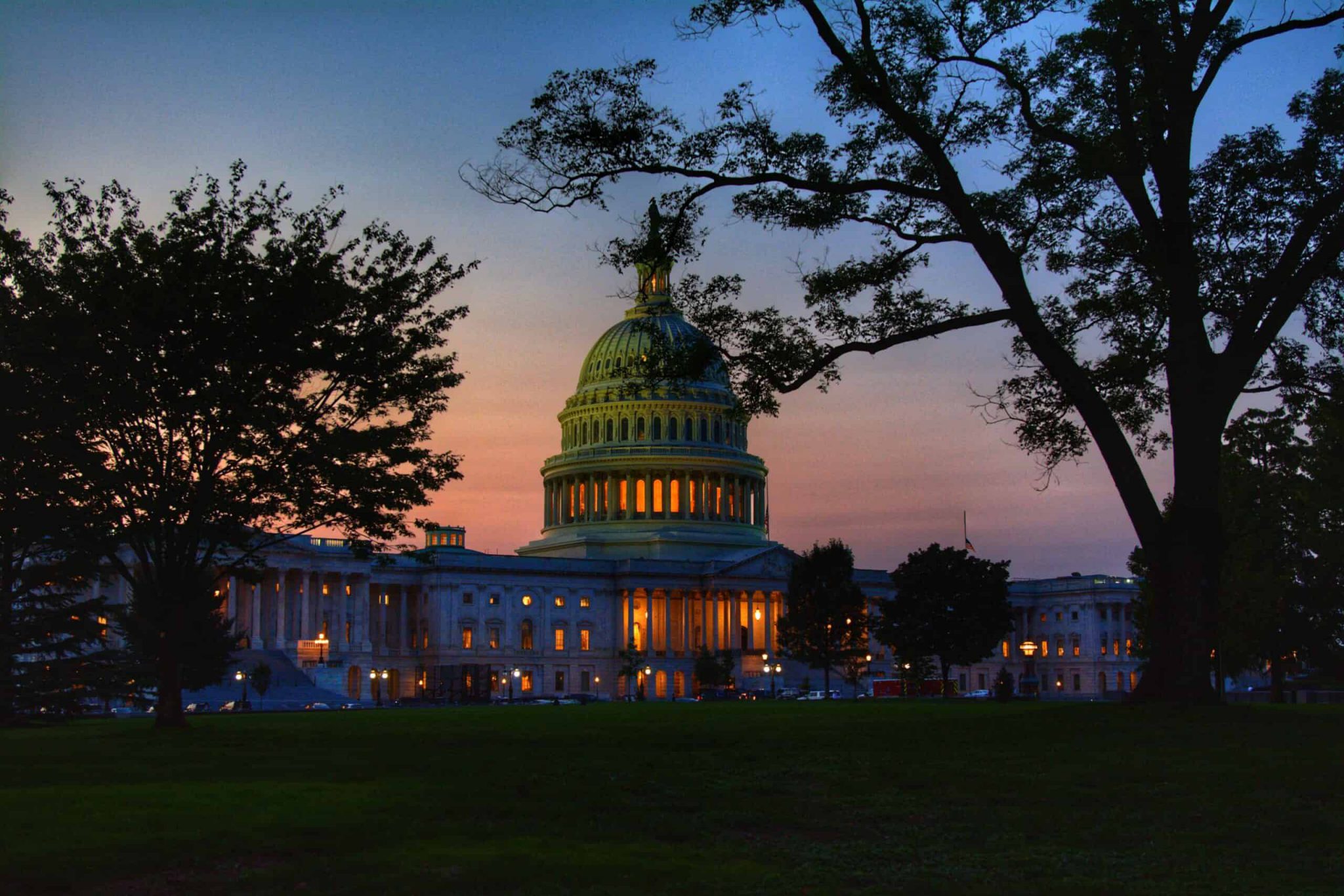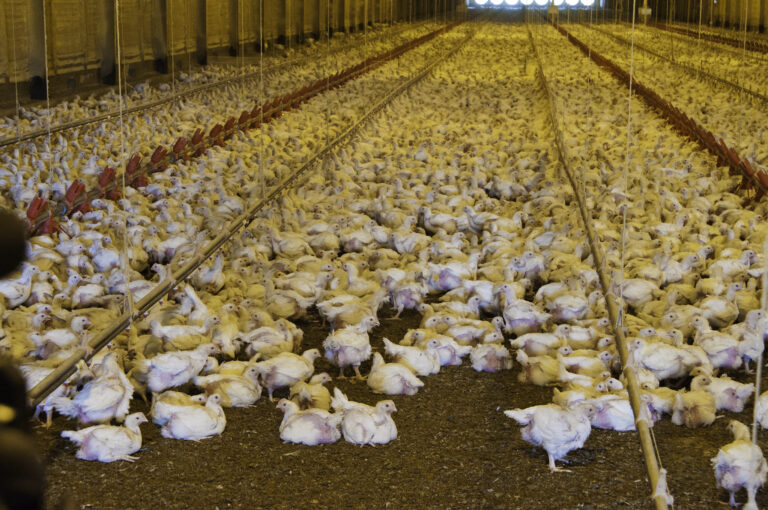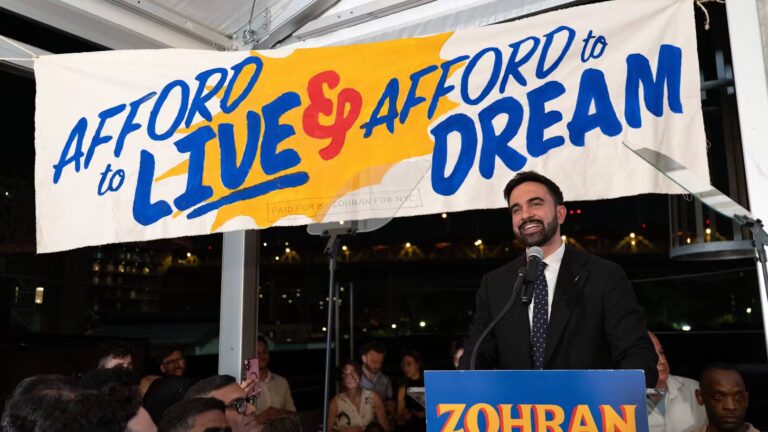
Fred Wang is a student at Harvard Law School.
In today’s news and commentary, a major spending bill passes the Senate, while the labor market exceeds analyst expectations — and then some.
More big news from Washington. The $740 billion climate, health-care, and tax bill that Kevin teed up over the weekend passed the Senate yesterday afternoon, with Vice President Kamala Harris casting the tie-breaking vote. Half of that money will fund clean-energy projects and initiatives — “one of the single biggest investments ever made on climate in the world.” Although a significant achievement, the Inflation Reduction Act, Axios explains, “is far less ambitious than most Democrats wanted” — no doubt because anything bigger would have scared away the Party’s two centrist members, Senators Joe Manchin and Kyrsten Sinema.
But not every part of the spending bill came out unscathed. A plan to control drug prices for Americans with private health insurance was cut after the Senate parliamentarian decided that it was not closely related to the federal budget. That exclusion, Alice Ollstein of Politico writes, means “there is little left that will reduce costs for the vast majority of Americans who receive health insurance through their private sector employer.” The same thing happened to a provision capping out-of-pocket spending on insulin to $35 for patients enrolled in private insurance.
Of course, the parliamentarian’s opinion, as Matt Bruenig at People’s Policy Project has argued, is just that — an opinion. “The presiding officer” — here, Vice President Harris — “has the sole authority to sustain or dismiss a point of order. The parliamentarian has no formal role at all.” The bill now goes to the House, where it is expected to pass.
The U.S. labor market continues to post surprisingly strong numbers, the latest Labor Department figures confirm. The U.S. economy added 528,000 jobs last month. That’s over twice (!!) as many jobs as analysts had forecasted. Plus, the unemployment rate fell to just 3.5%, matching its lowest level in the last 50 years. This “blistering pace of growth,” the New York Times explains, makes for a “befuddling benchmark considering other recent signs of a slowing economy, including a falling gross domestic product and a more sedate housing market.”






Daily News & Commentary
Start your day with our roundup of the latest labor developments. See all
December 11
House forces a vote on the “Protect America’s Workforce Act;” arguments on Trump’s executive order nullifying collective bargaining rights; and Penn State file a petition to form a union.
December 8
Private payrolls fall; NYC Council overrides mayoral veto on pay data; workers sue Starbucks.
December 7
Philadelphia transit workers indicate that a strike is imminent; a federal judge temporarily blocks State Department layoffs; and Virginia lawmakers consider legislation to repeal the state’s “right to work” law.
December 5
Netflix set to acquire Warner Bros., Gen Z men are the most pro-union generation in history, and lawmakers introduce the “No Robot Bosses Act.”
December 4
Unionized journalists win arbitration concerning AI, Starbucks challenges two NLRB rulings in the Fifth Circuit, and Philadelphia transit workers resume contract negotiations.
December 3
The Trump administration seeks to appeal a federal judge’s order that protects the CBAs of employees within the federal workforce; the U.S. Department of Labor launches an initiative to investigate violations of the H-1B visa program; and a union files a petition to form a bargaining unit for employees at the Met.